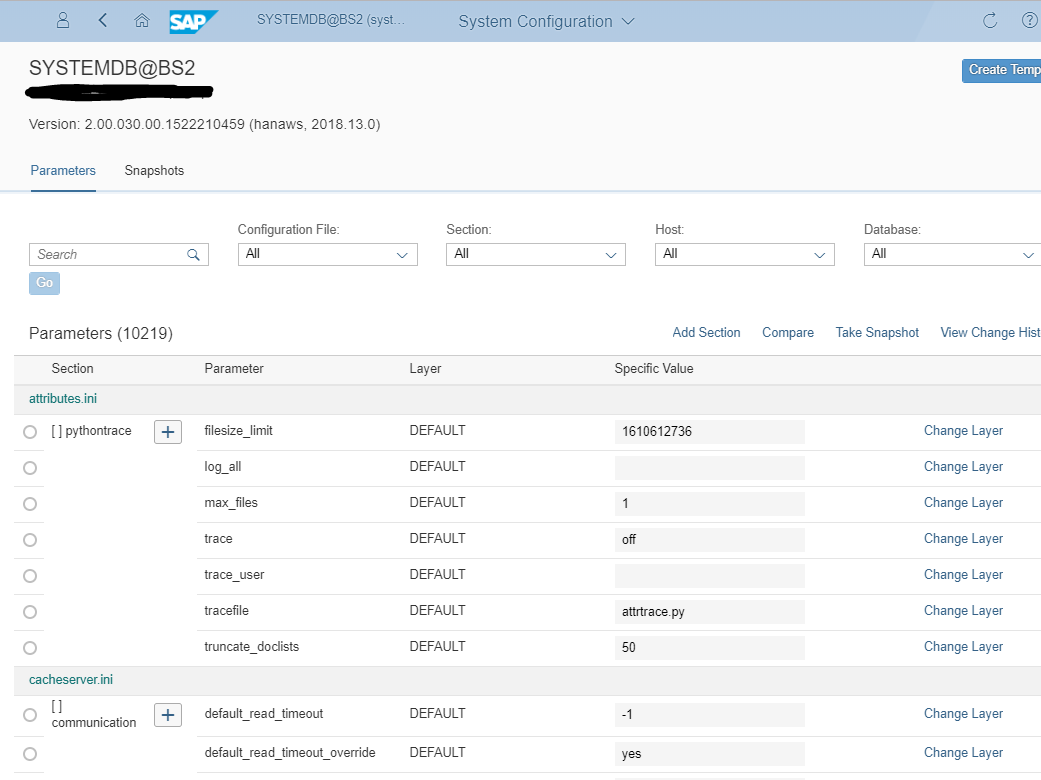This project was a study on how we can transform an object-based management system into a user-centric management tool. Traditional object-based browsers, similar to Microsoft Windows File Browser, requires the user to be familiar with the organizing structure. Often, the structure reflects the underlying technology such as the database schema. To use the tool effectively, the user is required to learn the schema.
To design a task-based tool, I identified all the tasks a typical user, a DBA, performs. I used a mapping strategy to visually show relationships between tasks. After the tasks were identified, I ordered the major branches with numbers to reflect the system's life cycle.
In Latin, the structure of a typical sentence is subject, object, verb. Latin is no longer spoken. Similarly, an object-based tool requires the user to select the object first then specify the action. In English, a typical sentence structure is subject, verb, object. I wanted to reflect this more natural way of thinking based on the spoken language in the design.
This next mock up uses the general layout defined above but with more product specific context.
Of course we cannot totally avoid an object browser but with the context of the subject and action defined, the browser can be smarter and show only relevant objects or recent objects.
And if the task is to monitor the system, we will need an actionable dashboard.


